- Home
- Science
- Science News
- Scientists Caution That Artificial Cooling of Earth May Disrupt Monsoons and Weather Systems
Scientists Caution That Artificial Cooling of Earth May Disrupt Monsoons and Weather Systems
Scientists warn that dimming sunlight to fight climate change could alter rainfall and destroy ozone.
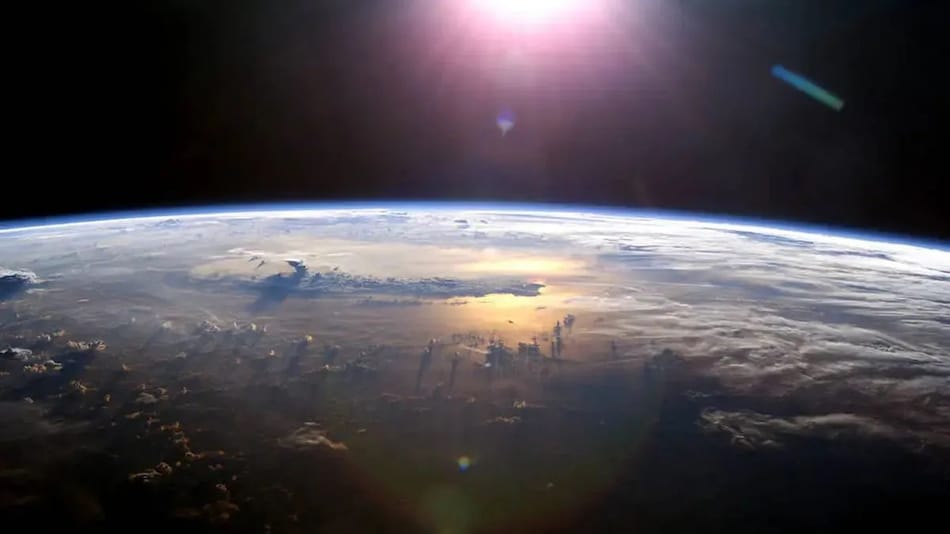
Photo Credit: NASA
Injecting sulfur particles to cool Earth could trigger acid rain and disrupt monsoons
Scattering fine particles of sulphur high into the stratosphere by plane could, at first glance, look like a "cheap and easy" way to cool the climate. But many researchers are beginning to argue that this strategy of climate engineering may have dangerously side effects. The new study indicates that although these schemes — under a category of efforts known as stratospheric aerosol injection (SAI) — could help stop the rise of global temperatures, they may also be likely to interfere with important weather patterns like the monsoon and shift rainfall in unexpected ways, which would produce unanticipated effects on tropospheric ozone.
Scientists Caution: Sun-Dimming Geoengineering Could Trigger Droughts, Acid Rain, and Climate Chaos
As per a report published in Scientific Reports on October 21, researchers at Columbia University evaluated to understand the effects of SAI with advanced computer models. The concept draws on natural phenomena, including the eruption of Mount Pinatubo in 1991 in the Philippines. This discharged about 20 million tons of sulfur dioxide to high altitudes that cooled the planet by an estimated half a degree Celsius for around two years. However, this cooling paradoxically triggered a drought in South Asia and a strong winter stratospheric warming.
Atmospheric chemist Faye McNeill, however, sounds a cautionary note: The actual effects might not match simulations, she says, because of the uneven distribution of particles in the atmosphere, which could disrupt global air circulation and heat imbalances.
The study contributes to public knowledge on how aversive the consequences of cloud seeding, whereby sulfur aerosols are mixed with rainwater, may be, a challenging to scale it up because they have few choices as far as material is concerned.
Researchers explain that although geoengineering could offer a temporary respite, it is no long-term solution, as its effects on climate systems are uncertain and they can be dangerous.
For the latest tech news and reviews, follow Gadgets 360 on X, Facebook, WhatsApp, Threads and Google News. For the latest videos on gadgets and tech, subscribe to our YouTube channel. If you want to know everything about top influencers, follow our in-house Who'sThat360 on Instagram and YouTube.
Related Stories
- Samsung Galaxy Unpacked 2025
- ChatGPT
- Redmi Note 14 Pro+
- iPhone 16
- Apple Vision Pro
- Oneplus 12
- OnePlus Nord CE 3 Lite 5G
- iPhone 13
- Xiaomi 14 Pro
- Oppo Find N3
- Tecno Spark Go (2023)
- Realme V30
- Best Phones Under 25000
- Samsung Galaxy S24 Series
- Cryptocurrency
- iQoo 12
- Samsung Galaxy S24 Ultra
- Giottus
- Samsung Galaxy Z Flip 5
- Apple 'Scary Fast'
- Housefull 5
- GoPro Hero 12 Black Review
- Invincible Season 2
- JioGlass
- HD Ready TV
- Laptop Under 50000
- Smartwatch Under 10000
- Latest Mobile Phones
- Compare Phones
- OnePlus 15
- Redmi K90
- Redmi K90 Pro Max
- Nubia Z80 Ultra
- Realme GT 8
- Realme GT 8 Pro
- iQOO 15
- Red Magic 11 Pro
- MacBook Pro 14-inch (M5, 2025)
- Asus Vivobook S16 (S3607QA)
- iQOO Pad 5e
- OPPO Pad 5
- Garmin Venu X1
- Redmi Watch 6
- Xiaomi TV S Pro Mini LED 2026 (98-Inch)
- Xiaomi Xiaomi TV S Pro Mini LED 55 2026
- Asus ROG Ally
- Nintendo Switch Lite
- Haier 1.6 Ton 5 Star Inverter Split AC (HSU19G-MZAID5BN-INV)
- Haier 1.6 Ton 5 Star Inverter Split AC (HSU19G-MZAIM5BN-INV)
-
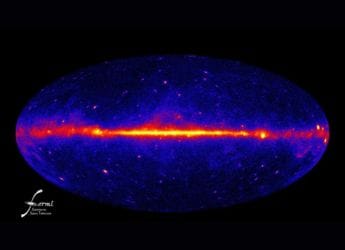 Flattened Dark Matter May Explain Mysterious Gamma-Ray Glow at Milky Way’s Core, Study Finds
Flattened Dark Matter May Explain Mysterious Gamma-Ray Glow at Milky Way’s Core, Study Finds
-
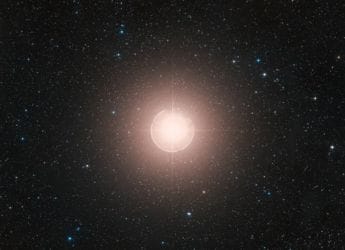 NASA Telescopes Capture First-Ever Companion Star Orbiting Massive Red Supergiant Betelgeuse
NASA Telescopes Capture First-Ever Companion Star Orbiting Massive Red Supergiant Betelgeuse
-
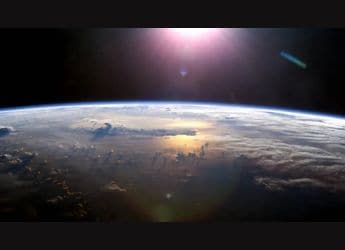 Scientists Caution That Artificial Cooling of Earth May Disrupt Monsoons and Weather Systems
Scientists Caution That Artificial Cooling of Earth May Disrupt Monsoons and Weather Systems
-
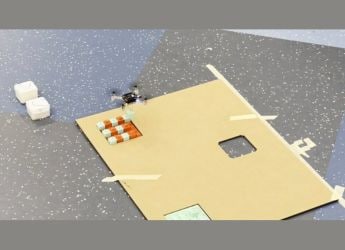 Carnegie Mellon’s AI Drones Can Build Mid-Air Structures With 90 Percent Success Rate
Carnegie Mellon’s AI Drones Can Build Mid-Air Structures With 90 Percent Success Rate










